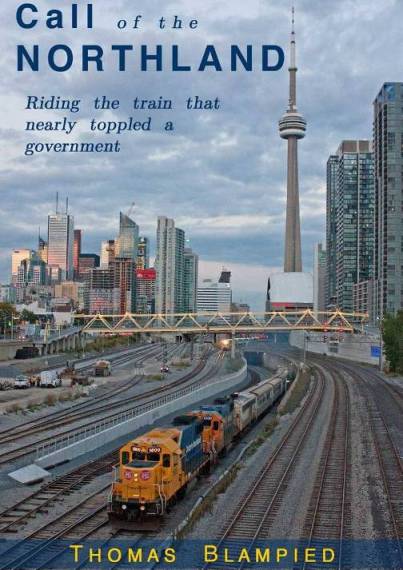PEPEL, SIERRA LEONE – Red piles of iron ore and rusting railway wagons in the deserted stockyard at the port of Pepel bear silent witness to a crisis engulfing Sierra Leone’s mining industry and threatening others across West Africa.
The conveyor belt out to the jetty on the slow-moving Rokel river has remained idle for most of the past few months as only a handful of ships have anchored at the moribund port.
At the height of the commodities boom last decade, West African countries became magnets for miners seeking untapped iron ore, diamonds, gold, bauxite and other minerals.
In Pepel, locals anticipated an economic surge for their civil war-ravaged country when London-listed firm African Minerals (AMLZF.PK) started shipping ore four years ago from its Tonkolili mine.
Discovered in 2008 and lying some 200 km (124 miles) to the northeast, Tonkolili is one of the world’s largest iron ore deposits.
























